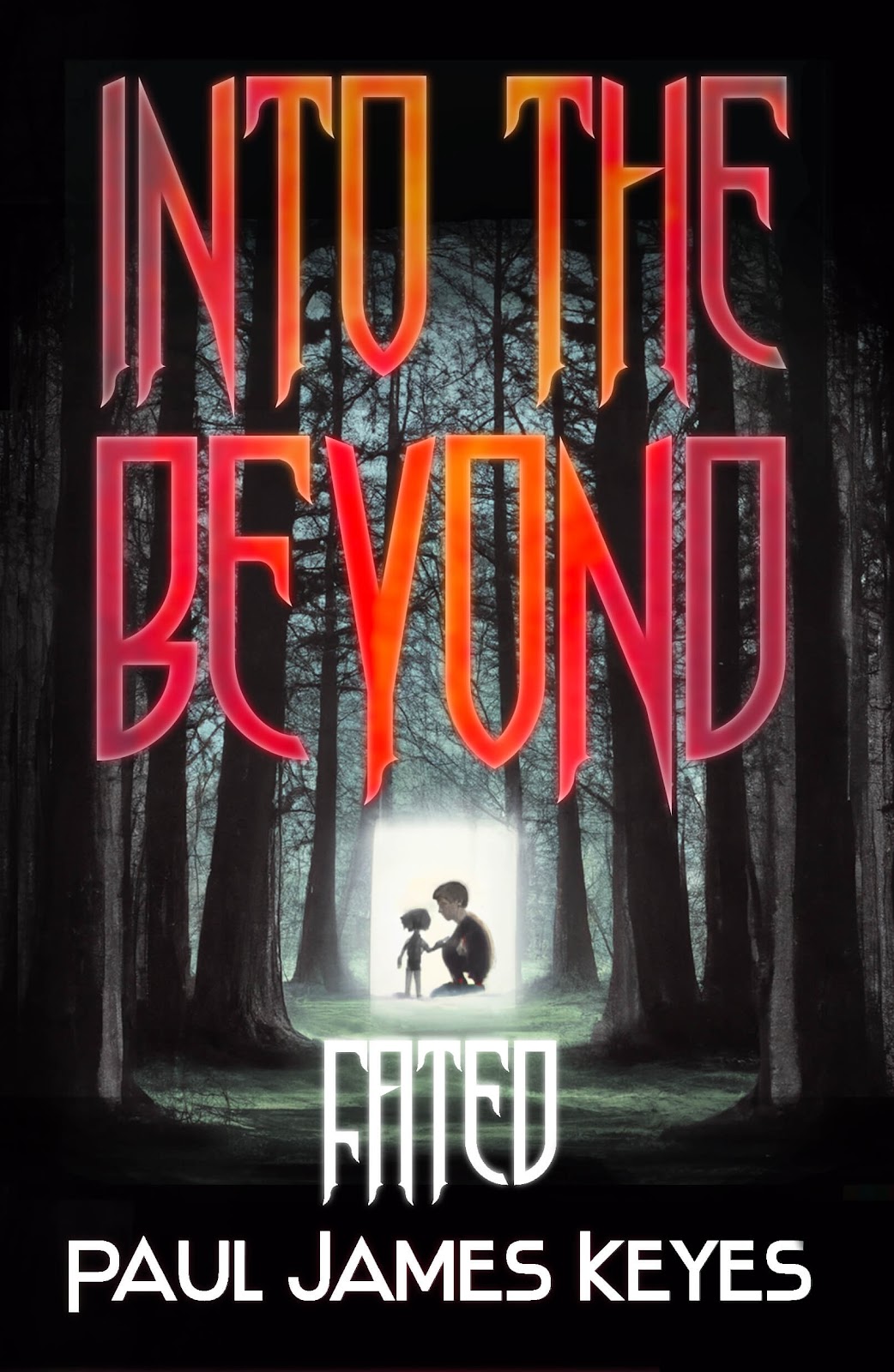Hi, folks! It’s Fantasy/Sci-Fi/Horror author Paul James Keyes with another newsletter!
Last time we talked about the “Stoned Ape” theory and how psychedelic mushrooms may have caused the evolution of mankind. [LINK TO NEWSLETTER 3 - THE 'STONED APE' THEORY OF THE EVOLUTION OF MAN] Today, I’d like to take a critical look at how Avatar: The Way of Water is conceptually problematic.
The analogy presented by James Cameron is an obvious one. The Navi represent Native Americans. The Humans represent Europeans. When I watched the first movie as a young man I understood it as basically Pocahontas for sci-fi/fantasy loving adults. The themes of the destruction of nature and the displacement of natives are correctly put into the light that they deserve.
The main problem with the Avatar movies is that it’s cringy to take a real people and make up a fantasy version of them as blue cat-like aliens to humanize instead of the actual humans that are still dehumanized in today’s society. I guess that’s also these movies’ strength, as they make you empathize with something that’s a reflection of real people. It makes the stakes lower for the audience instead of it being a sad period piece, everyone gets to pretend that the concepts are just fantasy.
As a white man, and the husband of a Native American woman, it has always irked me that white society’s view of Native American people seems to be locked in old westerns—as if natives were something of the past rather than a people that still exist (in shambles due to genocide and subsequent treatment). This is the same attitude that gets propagated when non-native people decide to dress up as “Indians” for Halloween. It reduces an entire people to a costume. Natives, next to ghosts and zombies, as if they are fictional characters. Reducing a people in this way is ultimately disrespectful and ignorant. If you’re thinking of ever dressing up as someone of a different race, maybe just don’t.
Avatar dresses up the natives as blue cats, as if they are feral. They have tails and pointy expressive ears that make them cute, like pets. Many of the humans in these movies view them as lesser—roots of racism much?—but the one saving grace is that the moral of these stories is that the humans are wrong to be repeating the sins of the past for profit at the detriment of these new alien natives. The problem for me is the dreadlocks and the war cries, the fact that their hair literally connects them to nature, combined with the reduction of them to a more animalistic status with the tails and hissing and other less-human mannerisms.
It really skirts the line of being down-right insulting to native people, erasing them in a new fantastical way. I’m glad he didn’t have any humans cut off the braids of the Navi, though I was half expecting it. I kept thinking it was going to happen and it actually upset me. The human Colonel at one point does say he will bring his higher-ups the scalp of Jake, the white man turned alien protagonist. Me and my wife looked at each other like ‘really??’.
At the end of the day, I think James Cameron must have love for the native people to write movies like these, but he is also removed from their struggle. His work can come across as tactless at times, despite all the painstaking detail he took to make the Navi come across as a real living civilization. Ultimately, he is blatantly representing native people as aliens with the goal of it humanizing their plight (and making it more accessible to children who just think they are watching fancy graphics), but the whole thing comes across as a story of a dead people rather than a poignant tale of how to help native people with their current struggles. It’s a white man’s retelling a story that doesn’t belong to him.
James Cameron recently stated that he wondered if the Native people of the past would have fought harder against the white man if they could have seen the desolation of their children’s future. The implication that they didn’t fight is ridiculous and insulting, and that really frames the whole franchise for me. If the Navi weren’t so painstakingly crafted, I would have been disgusted by the whole thing, but as it stands, hopefully audiences can see the struggle of the natives and grow a little empathy for the people that were destroyed by their not-so-distant relatives. One thing that is exceedingly obvious is that this movie was not made for native people—it was made for white people.
Until next time, stay safe out there!
https://www.royalroad.com/fiction/57968/into-the-beyond-part-1-fated


















No comments:
Post a Comment